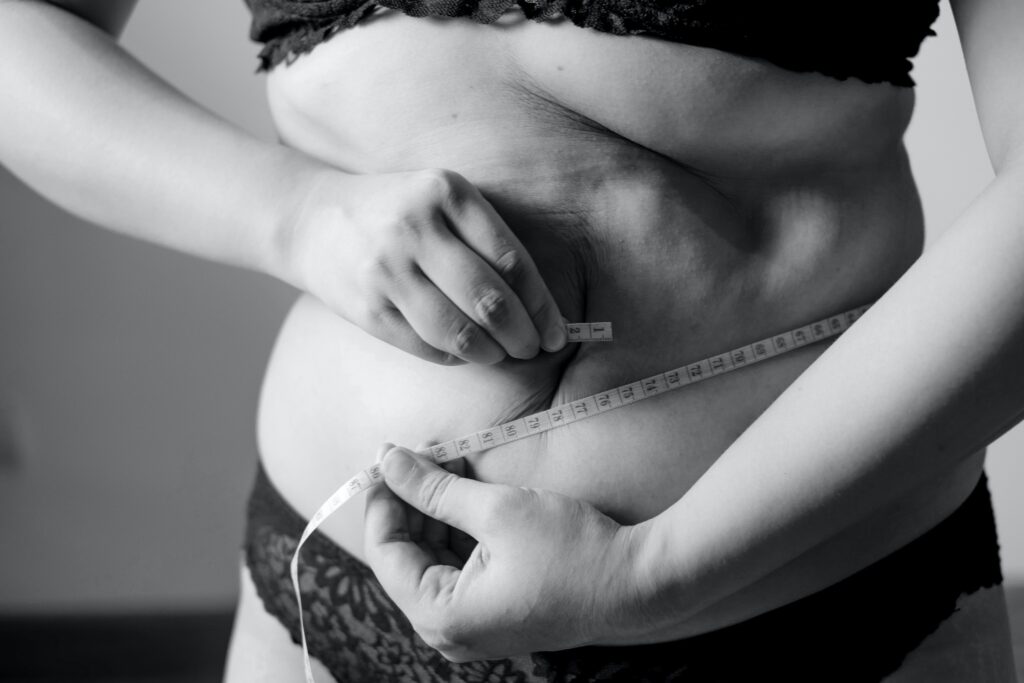Losing weight is like… breathing? Yes, but you must commit to breathing exercises that relax the sympathetic nervous system, lower cortisol, and burn fat. Breathing exercises help you relax and lose weight, according to research. There is lots of scientific proof that breathing can help you lose weight, so swap your morning workout for breathing or add 10 minutes of breathing a day.
Breathing reduces cortisol and aids weight loss.
Deep breathing reduces cortisol, the stress hormone, which helps you lose weight. Cortisol is a “fight or flight” reaction to stress that instructs the sympathetic nervous system to hold onto fat for the battle or journey. When cortisol rises, you hold onto calories, but when it falls, your body lets go and burns fuel for your activity. Obesity, metabolic syndrome, and weight increase are linked to cortisol levels. Breathing exercises reduce cortisol.
“The role of deep breathing on stress” a study that separated 38 university students aged 18–28 into two groups to see whether breathing intervention improves mood and reduces stress. One group did deep breathing techniques for 10 sessions, while the other sat quietly. Heart rate and salivary cortisol levels decreased in breathing exercisers.
Breathing oxygenates cells and releases CO2, fat burning’s “exhaust.”
A different study showed deep breathing boosts oxygen levels and fat burning. Breathing deeply improves blood circulation and allows the body to exhale CO2, the byproduct of breaking down carbon for fuel, which burns fat. Imagine engine exhaust. Experts suggest trying numerous breathing techniques to find one that works, including belly breathing.
According to Andrew Brown and Ruben Meerman, lecturers at the University of New South Wales in Australia, “when weight is lost, the majority of it is breathed out as carbon dioxide,” which surprised many people who thought fat was lost through energy or heat. The findings were published in BMJ.
They wrote that doctors, dietitians, and trainers misunderstand weight loss. “They noted that most believed fat is turned to energy or heat, violating the rule of conservation of mass. Breathing loses the most weight.
“None of this biochemistry is new,” the professors stated, “but for unknown reasons, it seems nobody has thought of performing these computations previously. The statistics were surprising but the quantities make sense.”
They said weight loss is primarily excreted by the lungs. A 154-pound human exhales 200 cc of CO2 in 12 breaths per minute. Each breath comprises 33 mg CO2 and 8.9 mg carbon. According to Medical News Today, if you take 17,280 breaths a day, you will expel 200 grams or more of carbon, with a third of this weight loss occurring during 8 hours of sleep. Losing weight is as simple as replacing that energy with food “the authors say.
Try these 5 breathing techniques to burn fat faster.
There are several ways to breathe to supply oxygen to cells, reduce stress, eliminate CO2, and lose weight.
Box-breathing. Square breathing. Counting distracts the mind, relaxes the brain, and allows full inhalation and exhalation. Sit and breathe slowly for 5 counts. To empty your lungs, they hold your breath for 5 counts and exhale after 5.5 or 6 counts. Repeat holding your breath for 5 counts.
Inhale. Slow your breath and don’t count. Let your lungs fill up with air by pushing your stomach out to make the air space as big as possible. Then, exhale deeply to deflate your lungs and pull your stomach in. Slow breathing calms you.
Switch nostrils. This is good for yoga teachers because it makes you realize that you usually breathe in through your mouth, and breathing through your nose slows down and filters your breath. Close one nostril, breathe, and swap sides. By closing one nostril at a time, you practice breathing and exhaling.
Diaphragmatic breathing. This demands that you fully engage the stomach, abdominal muscles, and diaphragm during breathing. Lie down on the floor or a mat and rest your hands on your chest or middle torso. Exhale as deeply as you can, feeling your hands fall, then inhale and watch your hands rise with your chest. You can tone your stomach, but breathing is more vital.
Senobi. To perform this Japanese breathing technique, stand in an open place, breathe in while leaning back and stretching your arms high, then hold your breath and lower your arms as you exhale. This energizes and stretches the lungs to get deep breaths. Focus on it.
Yoga and Om Chanting Help with Weight Loss and Lung Function. According to one study, OM altering in yoga helped people lose weight and improve lung function.
“Effect of Bhramari Pranayama and OM Chanting on Pulmonary Function in Healthy Individuals: A Prospective Randomized Controlled Experiment” concluded that OM chanting for 10 minutes a day (5 minutes, twice a day, six days a week for two weeks) improved lung function and weight loss. Diaphragmatic breathing increases resting calorie burn.
In another study, it was found that certain breathing exercises raised the resting metabolic rate and the amount of oxygen the body could use at its peak. So, diaphragm breathing exercises can raise your VO2 max, which is the maximum amount of oxygen your muscles can use during hard training or competition.
Diaphragm breathing is when you use your stomach muscles and abdominal cavity to pull your diaphragm down with each breath in order to get more oxygen into your lungs. When you breathe out, you squeeze every last bit of air out of your lungs. The study indicated that diaphragm and feedback breathing exercises could affect VO2max: “Diaphragm breathing exercise affected RMR, whereas feedback breathing did not.” The findings may be clinically valuable.
Conclusion: Breathing exercises burn more calories and fat.

If weight loss is a goal, try adding breathing exercises to your regular routine, especially those that force air into the lungs and expel fully, such as “diaphragm breathing.” Studies show that fat burning releases CO2.








